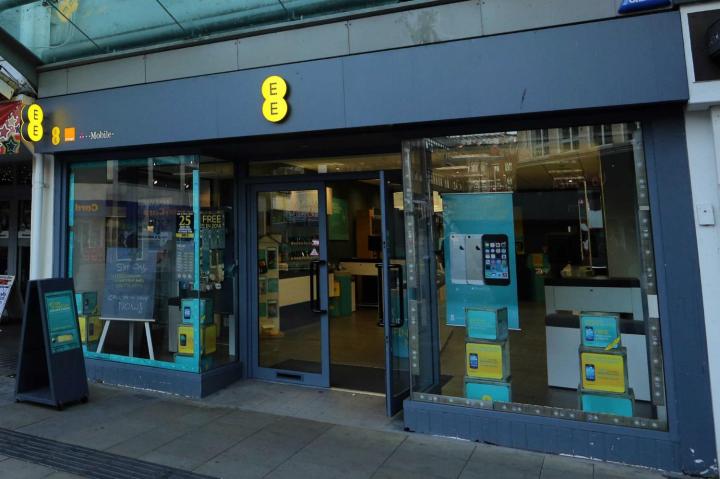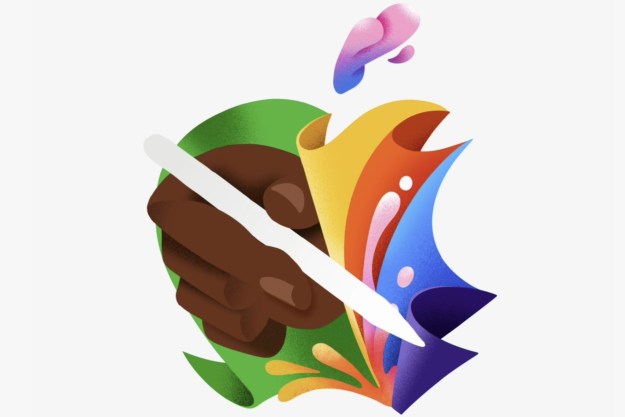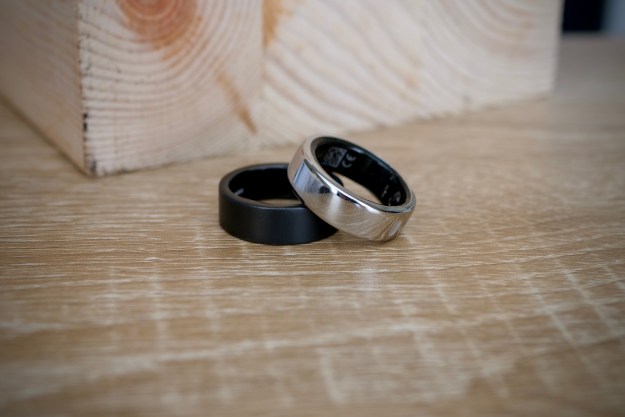
Updated on 01-15-2016 by Andy Boxall: Added in confirmation the deal will go ahead, after gaining official approval.
Deal approved
In mid-January 2016, the Competition and Markets Authority (CMA) gave its approval for BT to purchase EE, without any alterations to the proposed deal. BT confirmed the decision in a blog post, where it also named Marc Allera as the new CEO of EE. Current EE CEO Olaf Swantee will step down once the deal is complete.
It has taken ten months for the CMA to investigate the merger, and has concluded, “The evidence does not show that this merger is likely to cause significant harm to competition or the interests of consumers,” according to a spokesman speaking to the BBC. However, competitors Vodafone and TalkTalk aren’t convinced, with Vodafone stating it’s “reviewing the documents in full.” Regardless, BT says the deal will close on January 29.
EE boasts at least 31 million mobile subscribers, and operates the UK’s largest 4G network, while British Telecom already offers its own broadband Internet service, home telephone system, and subscription TV packages. Adding a mobile network gives it the full, and highly desirable, “quad play” status in the country – where people can buy all their communication and television services through a single company.
No surprise
The deal doesn’t come as a shock. Both EE and BT announced in late 2014 they were talking about a possible acquisition. Proving BT was serious about mobile, it also discussed buying the O2 network. That deal may still be made, but by Hutchison Whampoa, the owner of the Three network in the UK.
It’s not the first time BT has been a mobile provider either. It operated the BT Cellnet network during the 90s, before rebranding it as O2 in 2002, and eventually selling it to Spain’s Telefonica in 2005. Yes, that means it really did open up discussions to buy back the network it started and subsequently sold off.




